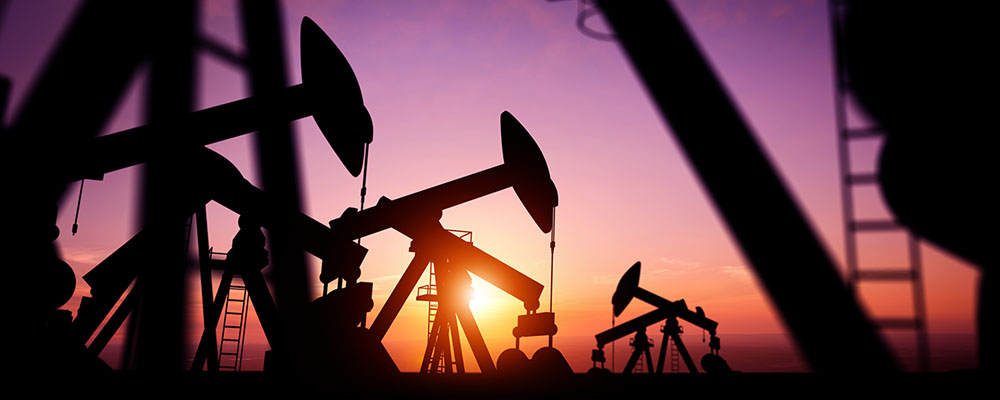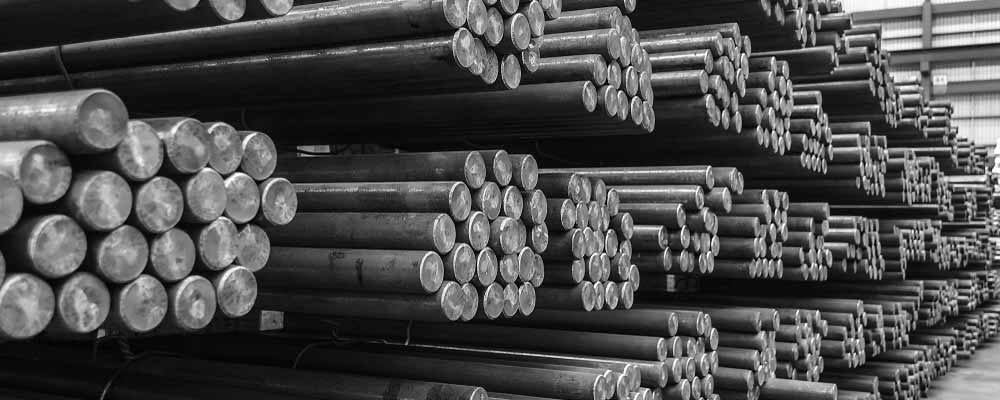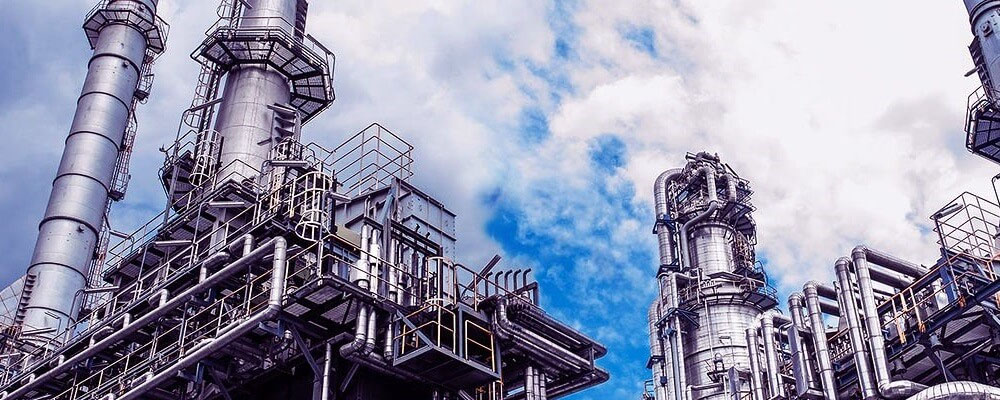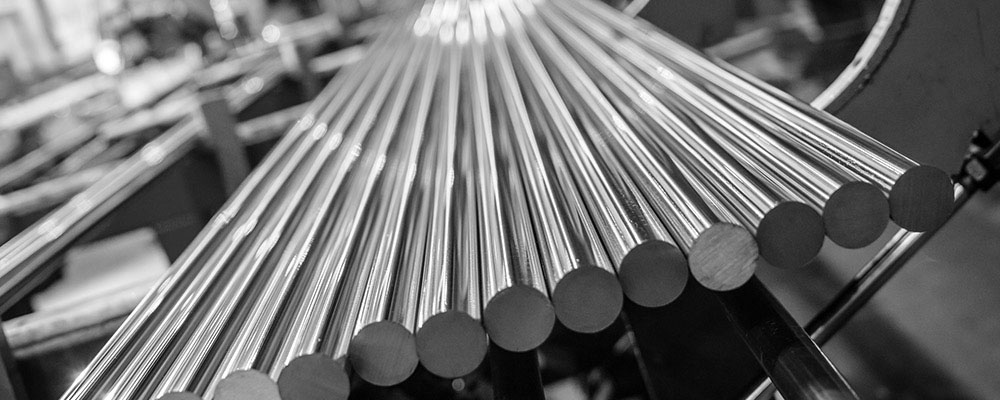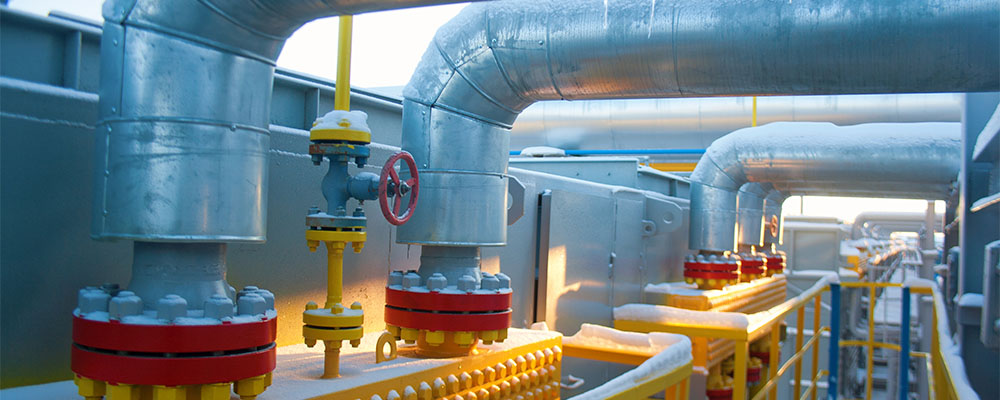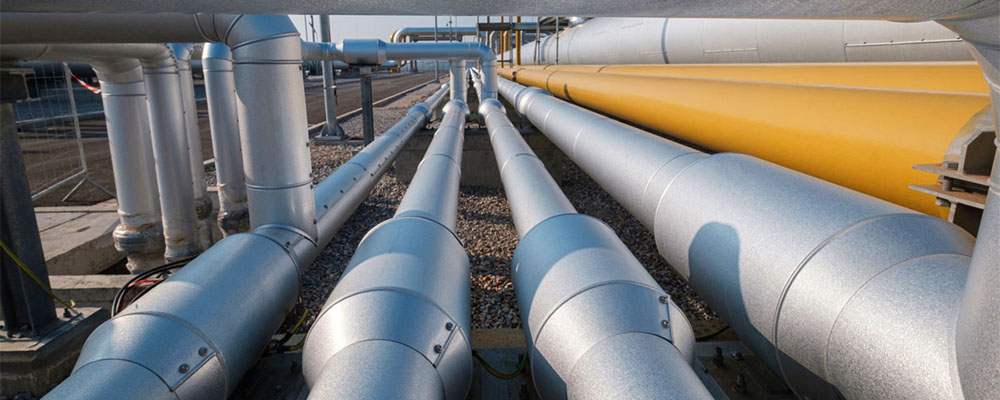India's top oil and gas producer, ONGC, is pivoting a four-pronged strategy of ramping up exploration efforts, quickly bringing discovered resources to production, raising recovery from existing fields, and increasing collaborations with experts to reverse years of decline in output, its new chairman said. Oil and Natural Gas Corporation (ONGC) is keen to induct internationally renowned exploration firms as strategic partners under challenging areas such as deepsea and bring-in experts who can help raise productivity from aging and mature fields such as prime Mumbai High, Singh told PTI in an interview here.
ONGC, which contributes around 71 percent to India's domestic production, has reported a gradual decline in output for over a decade, primarily because its fields are aging.
It produced 21.707 million tonnes of crude oil, refined to produce petroleum products like petrol and diesel, and 21.68 billion cubic meters (bcm) of natural gas, which is used to produce electricity, manufacture fertilizer, and as CNG in automobiles.
"We focus on three key areas: deepwater exploration, monetizing the discovered fields on the fast track, and enhancing production from producing lots through enhanced oil recovery and improved oil recovery techniques.
"We are looking for collaborations mainly for deepwater exploration. We are also open to partnerships in the other two areas of the partners bring substantial value additions," it is said.
Technologically, ONGC is strong in shallow waters. "We know Mumbai High like the back of our hands. However, they are welcome if partners can add value to our business. We are looking forward to all such collaborations in the India Energy Week in Bengaluru during February 6-8, 2023," it is said.
While its legacy fields continue to be the mainstay of base production, ONGC is looking to provide traction to develop new fields and schemes for maximizing recovery in mature areas.
The firm believes that Indian Basins have much more to offer, and the recent successes with Bengal Basin and Vindhyan have reinforced that belief.
"Globally, all massive discoveries are happening recently in the Deep Seas. Last week, there was a big discovery in Namibia in Africa and Guyana in South America. Our deepwater needs to be better explored. We hope that we will soon have some major finds in deep waters. We have to discover, and that too in a very aggressive way," it is said.
Aiding exploration is the right price.
"Secondly, since prices are good, we can bring into production whatever we have discovered; either we do it ourselves, or through some private party, we have to figure out a way so that it is done in the common interest of the country," he said. "We need to develop whatever we have discovered."
Singh, the second person from downstream oil refining and marketing to head ONGC in two decades (the last one was Subir Raha), brings a fresh perspective to the company that has traditionally been plagued by slow decision-making given its size.
ONGC is open to giving equity stake in challenging fields; adding giving stake will de-risk and bring capital.
"Third, we have to focus on how to maximize the production of whatever we are producing currently through collaboration," it is said.
"At present, the one big part we have to ramp up, in my opinion, is exploration and collaboration. You explore more, and you collaborate in all the spheres where there is more potential, like deepsea exploration in the eastern offshore," it was added.
Singh said it is only for deepwater or challenging fields that some technology experts can help ONGC.
"Typically, oil recovery globally is around or over 30 percent. In our case, it is still not 30 percent, but rather around 26-27 percent. It's like anything you bring that could add to the oil recovery process. We are developing a proper way to do it," it is said.
The critical thing for ONGC is that it is willing to collaborate, and the India Energy Week beginning February 6, will provide an opportunity to discuss such collaborations with a host of international companies attending the event, it is said.
"People share even Nobel prizes today. Gone are the days when it was conferred only to a single person. This is more about synthesis than analysis," he said, adding that India Energy Week provides an ideal platform for looking at synergies with companies from around the globe.
ONGC, he said, has a more significant role because its objectives are aligned with the national interest. "So, we have to figure out ways that cater to the national interest, which private entities can't do. And it is for these reasons we look forward to collaboration and partnerships in difficult fields."
Asked what needs to change in ONGC, he said speed sometimes becomes a casualty because of multi-functional disciplines governing various spheres of finding and producing oil and gas.
"We have to make sure that we decide fast. On-the-job changes are inevitable; the only thing is that you need to be quick," he said. "Decision-making for PSUs is very colored. So, some delay in that account is obvious but not excessive."
Private companies are high-speed in decision-making. "And our problem is that we have so many variables. Hence, the decision-making could be made better, at least from a speed and rationality point of view," it is said.










